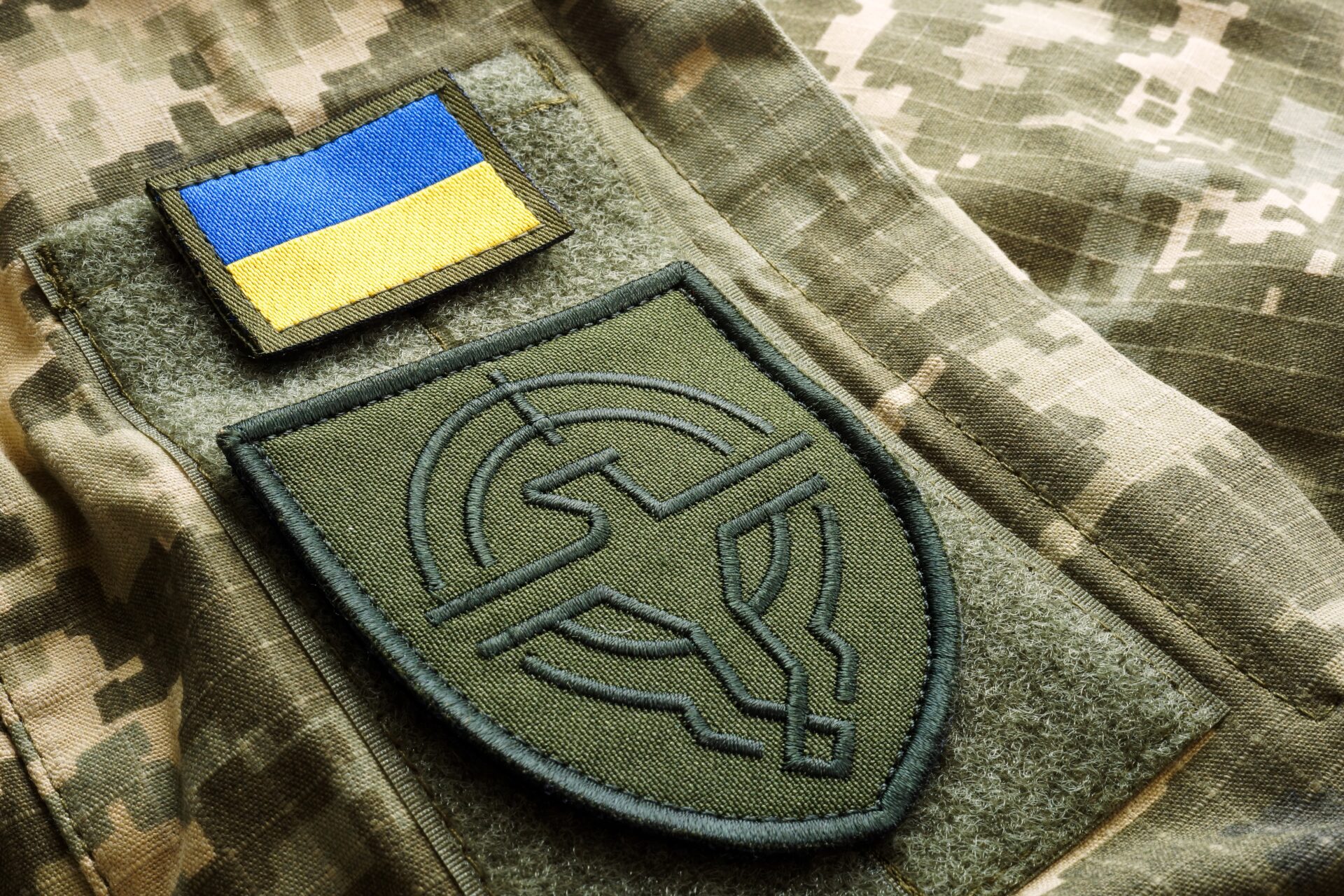
AI Marches Onto the BATTLEFIELD!
Artificial intelligence and autonomous systems are rapidly changing military planning, with nations accelerating investments in drones and loitering munitions.
At a Glance
- AI and unmanned platforms are reshaping defense strategies worldwide
- Anduril is supplying loitering munitions to Taiwan while scaling U.S. operations
- Ukraine’s war experience is driving demand for drones and battlefield autonomy
- Venture capital is increasingly backing defense startups in the U.S. and Europe
- Nations seek scalable, low-cost autonomous systems to offset conventional weapons
Battlefield Lessons
The war in Ukraine has underscored the transformative role of drones and unmanned systems. From reconnaissance quadcopters to loitering munitions capable of striking armored vehicles, battlefield autonomy has proven decisive in shaping tactics. Western militaries are closely studying these lessons as they prepare for potential conflicts with peer competitors.
Ukraine’s heavy reliance on inexpensive but effective drones has influenced NATO planning and has spurred defense ministries to accelerate the procurement of autonomous systems. The appeal lies in scalability and cost-efficiency: a swarm of drones can complicate enemy defenses in ways traditional hardware cannot.
Industry Momentum
Defense startups are riding this momentum, with Anduril Industries emerging as one of the most visible players. The company has expanded its manufacturing capacity in Ohio and Mississippi, aiming to meet rising demand for loitering munitions and autonomous systems. It recently confirmed deliveries of loitering munitions to Taiwan, part of broader U.S. efforts to support partners in the Indo-Pacific with resilient and rapid-response technologies.
Watch now: Ukraine ramps up warfare technology production to help … · YouTube
Anduril’s growth is fueled not only by government contracts but also by private capital. The company has attracted significant venture funding, part of a wider trend that has seen defense technology reemerge as a favored sector among investors. European nations are also moving toward fostering indigenous startups that can deliver cost-effective autonomy solutions at scale.
Strategic Implications
The adoption of AI and autonomy reflects more than just a technological shift—it represents a doctrinal change. Militaries that once relied on a small number of high-value platforms, such as tanks or manned aircraft, are now experimenting with mass-produced, expendable systems that can be deployed in large numbers.
This shift has implications for defense procurement, training, and alliance planning. By fielding swarms of unmanned systems, nations can impose dilemmas on adversaries, stretch their defenses, and potentially neutralize expensive weapons with low-cost alternatives. At the same time, questions remain about reliability, security, and how autonomous decision-making will be governed in combat scenarios.
The coming years will likely see a blend of manned and unmanned assets, with AI serving as a force multiplier rather than a full replacement for traditional warfighting capabilities. Whether militaries can integrate these systems effectively—and at the scale required—will determine the balance of power in future conflicts.
Sources
Reuters
Defense News
Center for Strategic and International Studies


